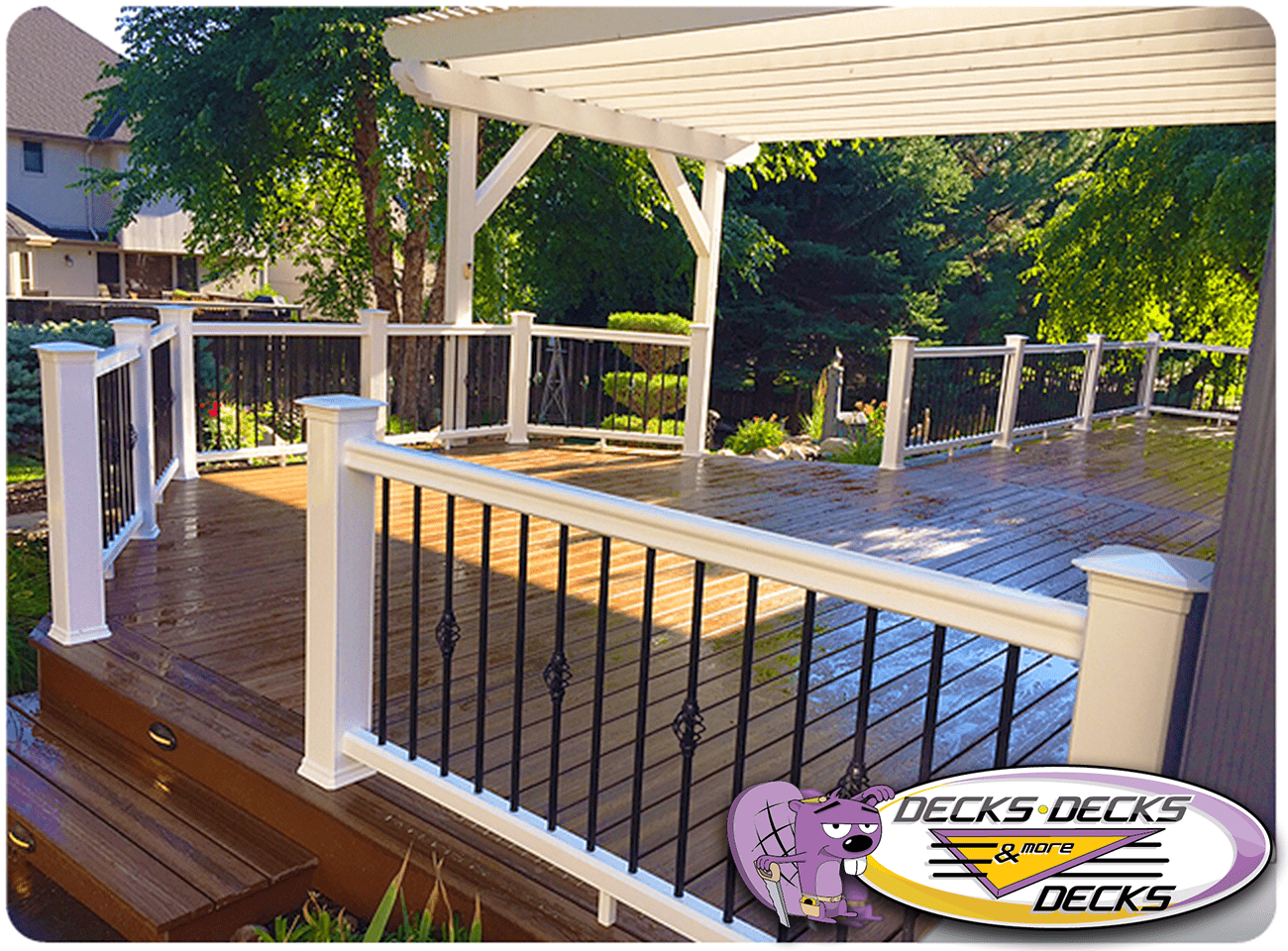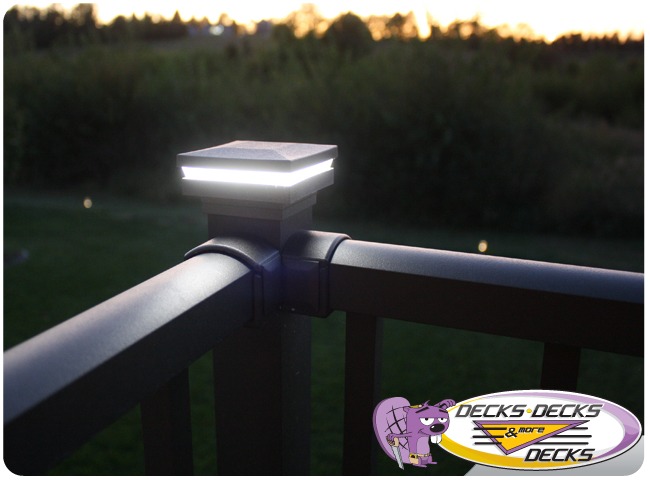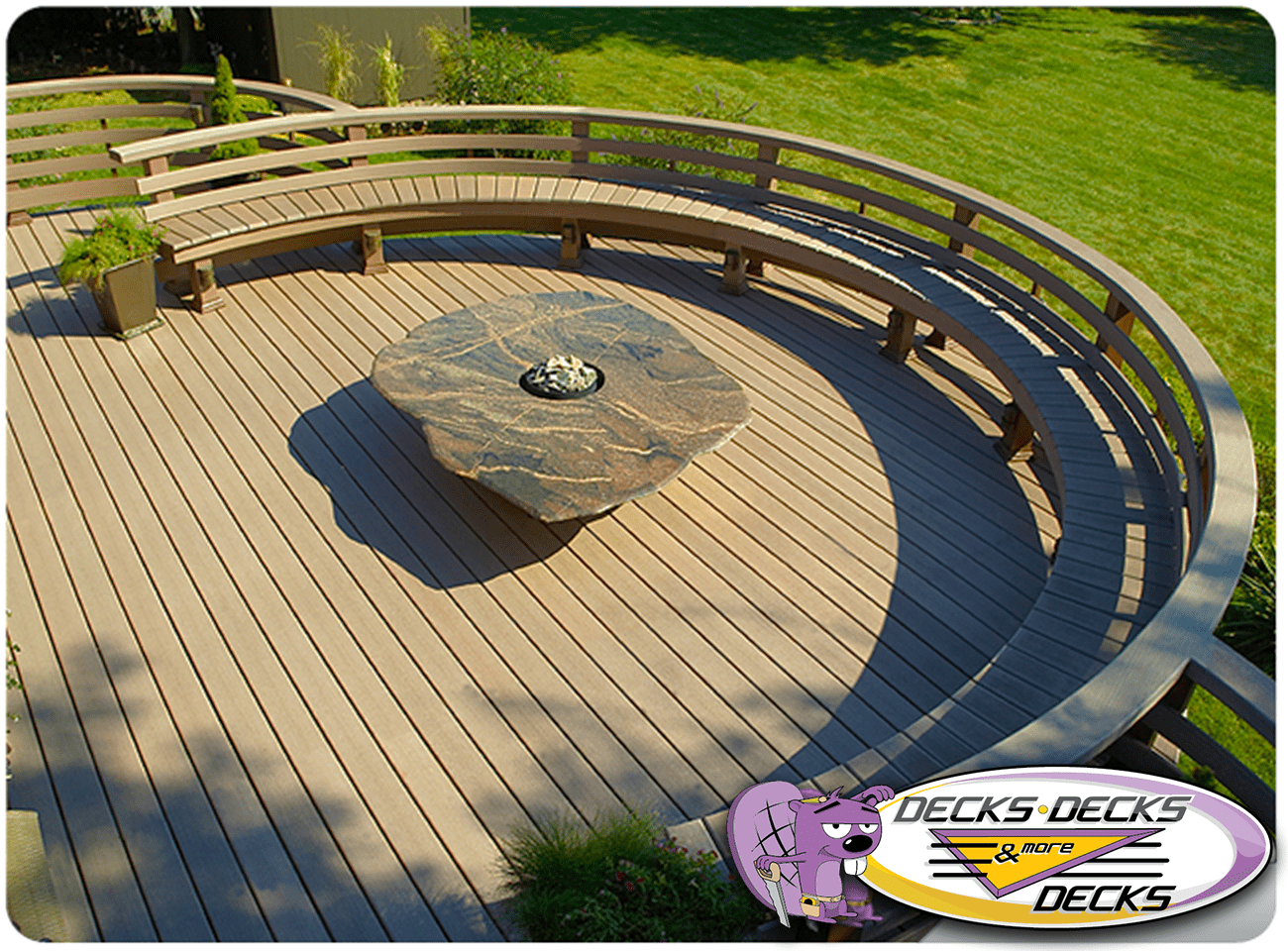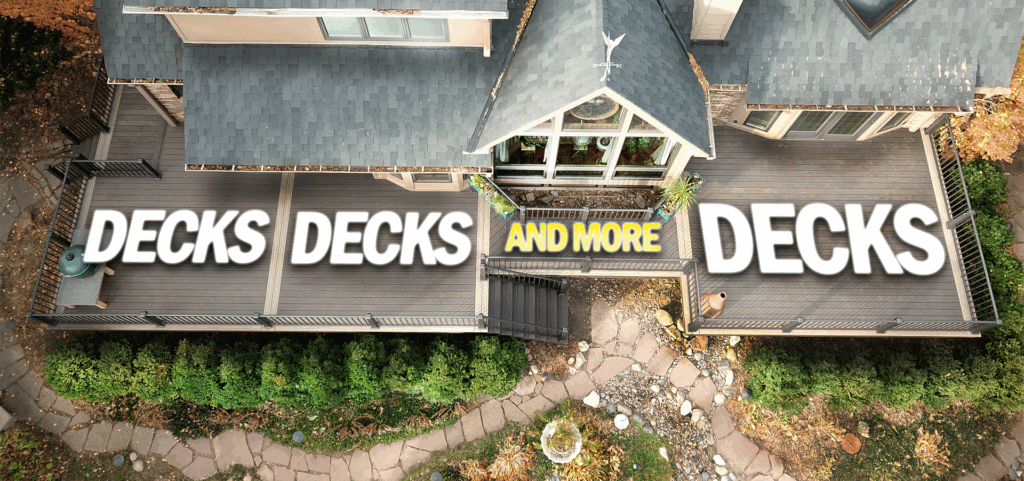Essential Roofing Considerations for Decks: Design, Materials, and Integration Tips
Choosing the right roof for your deck involves more than just picking a material. From integrating with your home’s roofline to selecting the best slope and screening options, the details of your deck’s roofing can make all the difference. For those interested in rooftop decks, there are unique considerations as well. Here’s a comprehensive guide to choosing and designing roofs for decks.
1. Roof Line Integration for a Seamless Look
Roof line integration is essential for ensuring your deck’s roof complements your home’s existing structure. Whether it’s an attached or standalone deck, matching the roofline provides a cohesive look and adds value to your property. An experienced contractor can help you plan a roof that aligns with your home’s architectural style, slope, and roofline.
2. Roof Slope and Door Placement
Roof slope affects both functionality and aesthetics, particularly if your deck has doors leading outside. A well-planned roof slope not only enhances drainage but also ensures comfortable clearance for door placement. The slope should be designed to direct water away from the deck and the home, preventing pooling and potential damage.
3. Roof with Screening for Additional Comfort
For those seeking added comfort, a roof with screening is a great choice. Screening provides a layer of protection from insects while allowing for airflow and natural light. Screened roofs are ideal for decks used as outdoor dining or relaxation spaces, as they offer a more enclosed, comfortable setting while maintaining an outdoor feel.
4. Roofing Material Options: Choosing the Best Fit
When selecting roofing materials for decks, consider durability, aesthetics, and climate. Options like metal, asphalt shingles, and polycarbonate are popular for their durability and design versatility. Metal roofing is long-lasting and low-maintenance, while polycarbonate provides UV protection and allows light through, ideal for sun-loving spaces. Choosing the right roofing material depends on your budget, local weather conditions, and desired look.
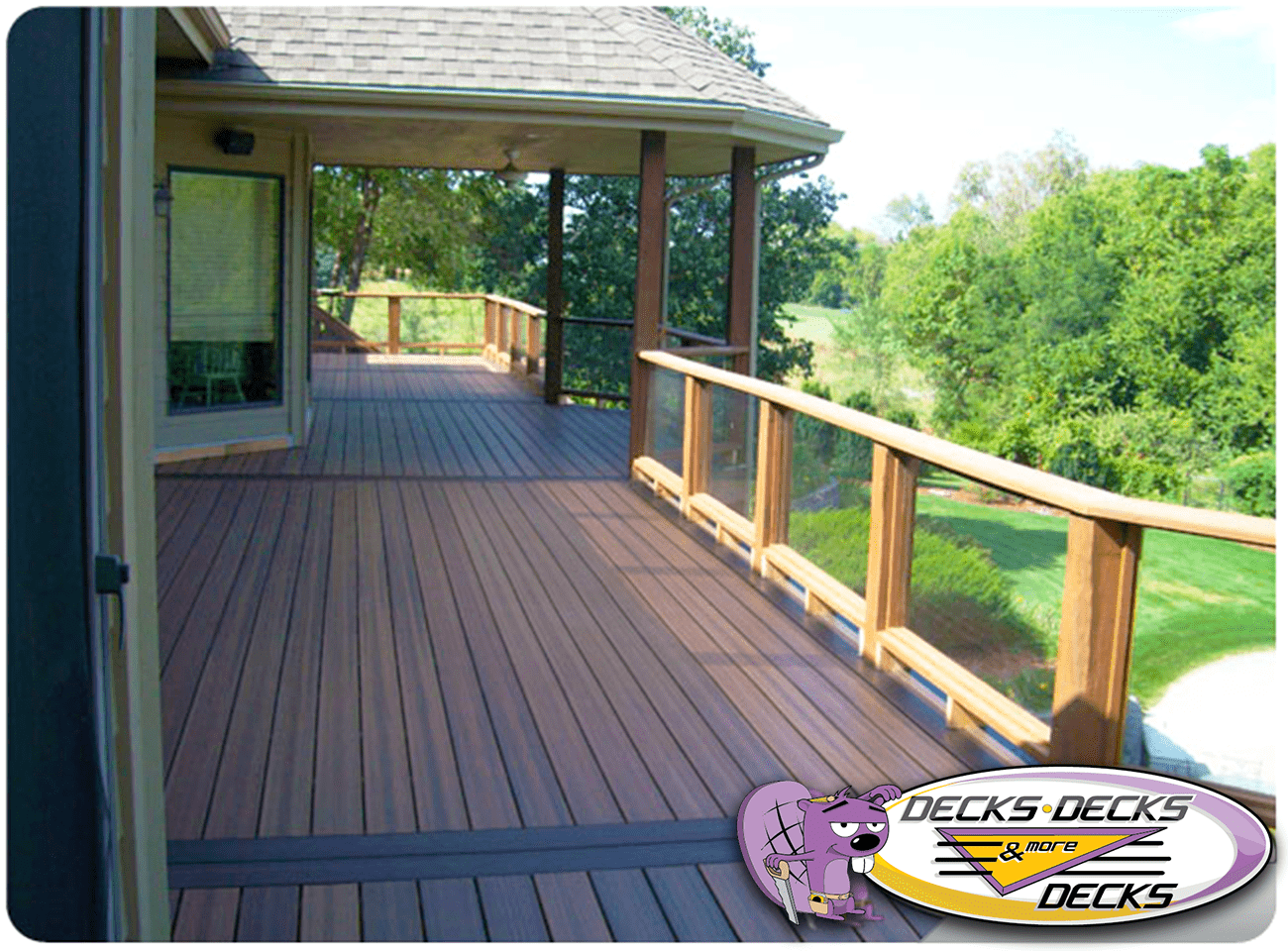
5. Roofs for Decks: Styles and Types
Deck roofs come in various styles, each serving different functions and aesthetic preferences. Common styles include gable roofs, which offer excellent drainage and ventilation, and flat roofs, which give a modern, minimalist look. Pergolas and shade sails are also popular options for partial coverage and decorative appeal. Selecting the right roof style can enhance your deck’s usability and create a cohesive appearance with the rest of your property.
6. Rooftop Decks: Expanding Your Outdoor Living Space
Rooftop decks offer a unique way to enjoy outdoor living, especially in urban areas where space is limited. Installing a rooftop deck requires careful planning to ensure structural support, proper drainage, and safe access. Many homeowners choose rooftop decks for their views, privacy, and the ability to maximize their outdoor space. With the right design, a rooftop deck can become a private retreat or entertainment area with incredible views.
7. Rooftop Deck Considerations: Safety and Materials
Building a rooftop deck involves unique considerations, from safety to material selection. Opt for durable, lightweight decking materials that can withstand weather exposure without adding excessive weight. Railings and barriers are essential for safety, and incorporating greenery, seating, and even small shade structures can turn a rooftop deck into a welcoming, functional space.
Final Thoughts on Roofing for Decks
Whether you’re installing a standard deck roof, adding screening, or building a rooftop deck, every decision should reflect your lifestyle, climate, and design preferences. Roof line integration, material selection, and slope planning are all crucial for creating a durable, stylish roof that enhances your outdoor space. With thoughtful planning and professional guidance, you can create a deck roof or rooftop deck that seamlessly blends beauty and function.
 free estimates: (402) 690-1050
free estimates: (402) 690-1050
